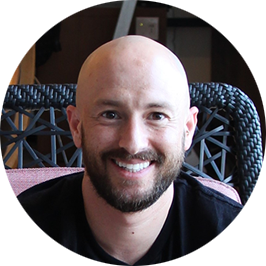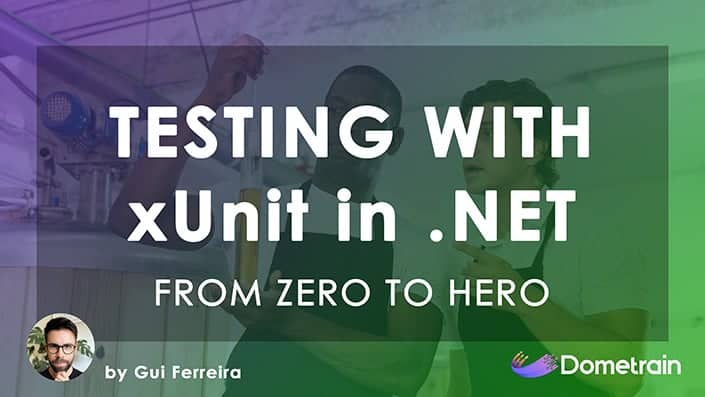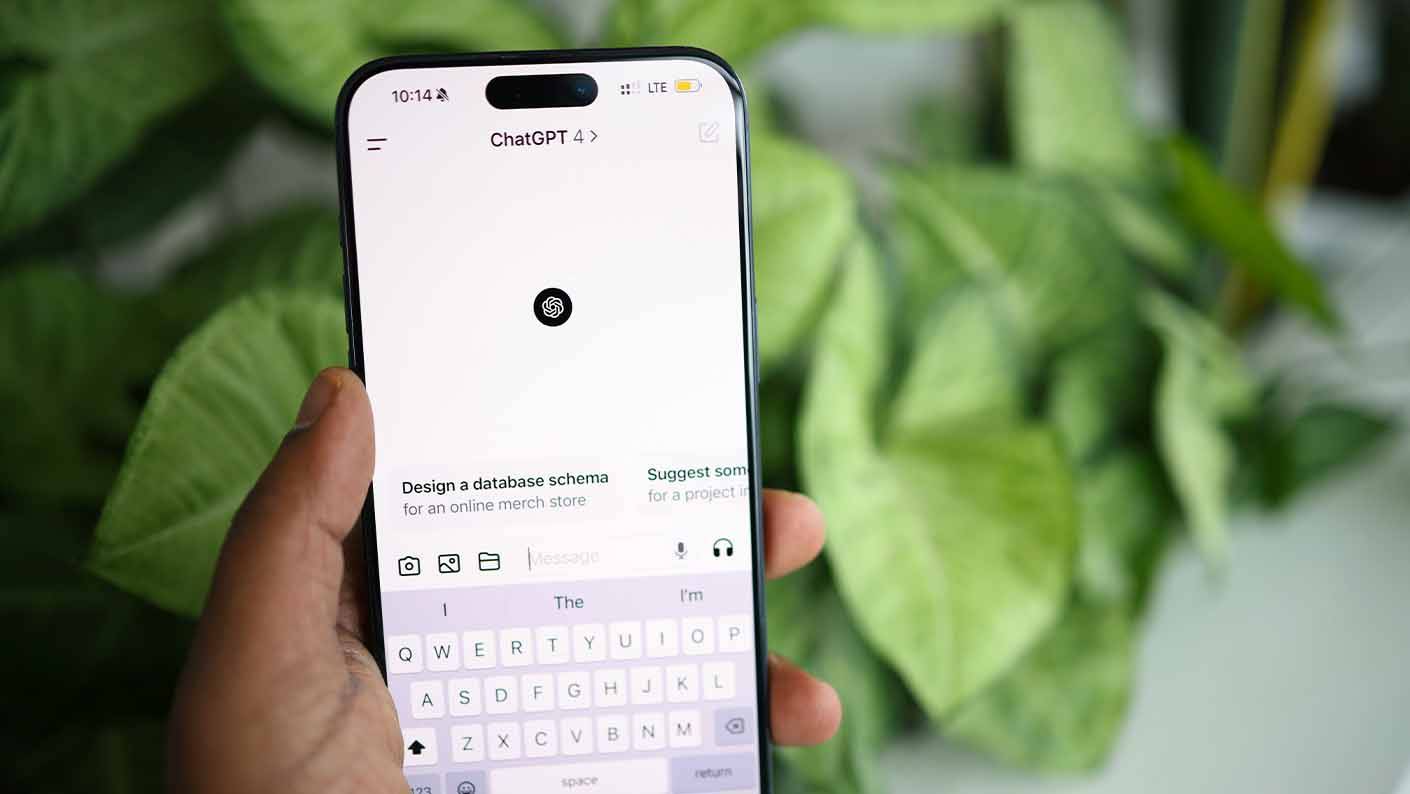Deep Dive: Clean Architecture in .NET
Explore advanced practices of Clean Architecture in .NET. This course dives deep into events, validation, testing and consistency with real-world examples to build scalable, maintainable systems
About This Course
Course Curriculum
Meet Your Instructor
© 2025 Dometrain. All rights reserved.












